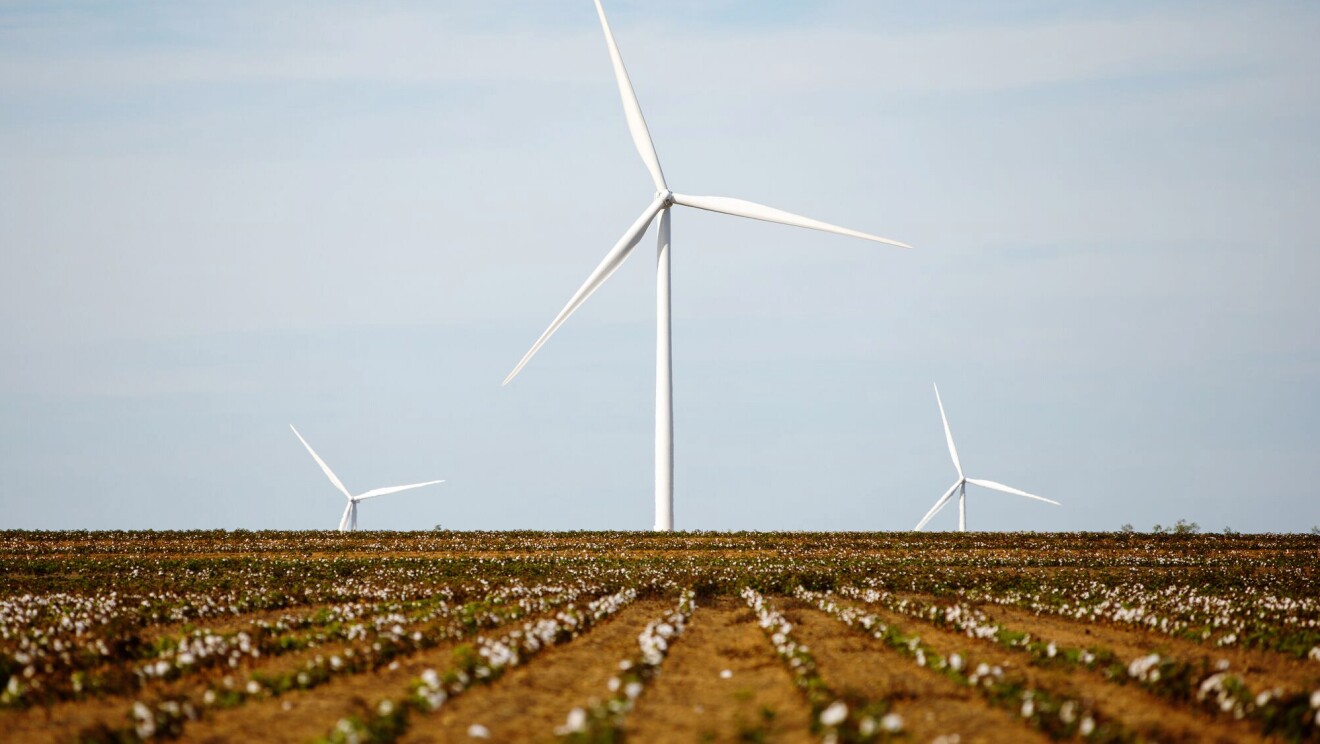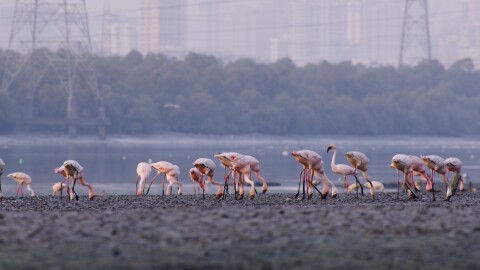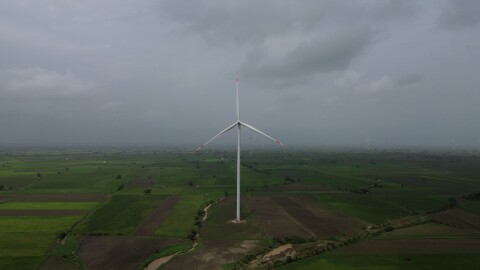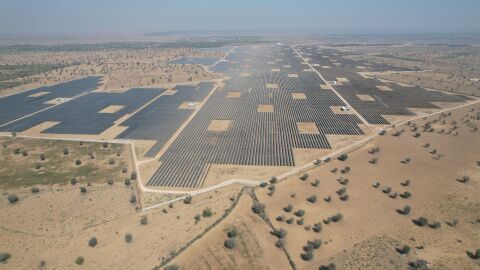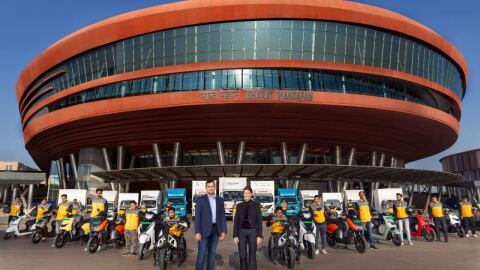In 2019, we set a goal to match all of the electricity consumed across Amazon’s global operations – including our data centers, corporate buildings, grocery stores and fulfillment centers – with 100% renewable energy by 2030. Today, we’re proud to share that we’ve met that goal seven years ahead of schedule. To get there, we’ve become the largest corporate purchaser of renewable energy in the world for four years running, according to Bloomberg NEF, and have invested billions of dollars in more than 500 solar and wind projects globally.
Achieving this goal is an important milestone in our efforts to meet our Climate Pledge commitment of net-zero carbon by 2040. Looking ahead, we remain as committed as ever to getting there, but the path is changing in ways that no one quite anticipated even just a few years ago – driven largely by the increasing demand for generative AI. This will require different sources of energy than we originally projected, so we’ll need to be nimble and continue evolving our approach as we work toward net-zero carbon. While we’ll continue investing heavily to add substantial amounts of renewable energy to our portfolio, we’re also exploring new carbon-free energy sources that can complement renewables and balance our needs. We’ve known from the start that our path to net-zero would have many obstacles and need to be adjusted for changes to both our business and the world. Nevertheless, as with all of our long-term goals, we remain optimistic and focused on achieving them.
Reaching our renewable energy goal is an incredible achievement, and we’re proud of the work we’ve done to get here, seven years early. We also know that this is just a moment in time, and our work to decarbonise our operations will not always be the same each year—we’ll continue to make progress, while also constantly evolving on our path to 2040.
"Our teams will remain ambitious, and continue to do what is right for our business, our customers, and the planet. That’s why we’ll continue investing in solar and wind projects, while also supporting other forms of carbon-free energy, like nuclear, battery storage, and emerging technologies that can help power our operations for decades to come," she adds.
“By achieving its 100% renewable energy goal, Amazon has made it possible for hundreds of new solar and wind projects to be constructed, bringing new sources of clean energy to grids and communities around the world,” says Kyle Harrison, head of sustainability research at Bloomberg NEF. “Addressing climate change while balancing society’s skyrocketing energy demands is a massive challenge, and Amazon’s commitment to clean power demonstrates how a single company can help accelerate the transition to the low-carbon economy on a global scale.”
Here's a look just a few of our newest renewable energy projects around the world.
Amazon’s renewable energy highlights
Since 2019, we’ve enabled renewable energy projects in 27 countries. In fact, we were the first corporation to enable utility-scale renewable energy projects in India, Greece, South Africa, Japan, and Indonesia, among other countries. To accomplish this, Amazon worked with policymakers to enable first-of-their-kind policies to help corporations support the construction of new solar and wind projects in these countries. The use of renewable energy has also been incorporated across Amazon’s broader corporate footprint. Amazon’s HQ2 headquarters in Virginia was designed to run with zero operational carbon emissions, and its electricity consumption is matched by a local solar farm. In addition to utility-scale projects, we’ve also enabled almost 300 on-site solar projects on the rooftops and properties of Amazon fulfillment centers, Whole Foods Market stores (in the US and Canada), and other corporate buildings around the world. In total, Amazon’s renewable energy portfolio will help avoid an estimated 27.8 million tons of carbon per year once all projects are operational.
Growing renewable energy opportunities in the Asia Pacific region
Amazon has enabled more than 80 renewable energy projects across the Asia Pacific region to date, including projects in India, Australia, China, Indonesia, Japan, New Zealand, Singapore, and South Korea. In India, Amazon has invested in 50 wind and solar projects to date. The company is the largest corporate buyer of renewable energy in India, according to data from Bloomberg New Energy Finance. In 2022, Amazon launched its first six utility-scale projects in India. This includes three wind-solar hybrid projects located in Madhya Pradesh and Karnataka, as well as three solar farms in Rajasthan, representing a total renewable energy capacity of 920 megawatts (MW). According to a new economic model developed by Amazon, between 2014 to 2022, the company’s wind and solar farms have helped generate an estimated US$349 million (INR 2,885 crore) in investment for India’s communities. They have also contributed approximately US$87 million (INR 719 crore) to the country’s total GDP, and supported more than 20,600 local full-time equivalent jobs in 2022 alone.
Modernising the grid to deliver new carbon-free energy
An important part of Amazon’s renewable energy investments includes work to improve the grid, which needs to be modernised in order to deliver energy from new solar, wind and other carbon-free energy projects to users. According to the International Energy Agency (IEA), the world must add or replace 80 million kilometers of grids by 2040 to meet climate targets, and more than 1,500 GW of renewables projects are waiting in the queue globally. To help address this, teams across Amazon are engaging with energy regulators to find new ways to support grid modernization, remove permitting obstacles, and deploy grid enhancing technologies. We also co-founded the Emissions First Partnership, a coalition of energy purchasers focused on encouraging renewable energy investments in regions with grids that are primarily fueled by fossil fuel energy sources.
There are teams of Amazonians around the world working on projects like these every day because, with operations as broad and complex as ours, there’s no easy way or single path to get to net zero carbon. But we love taking on big challenges and we’re proud of the progress we’ve made so far.
Learn more about our energy and sustainability efforts here.




